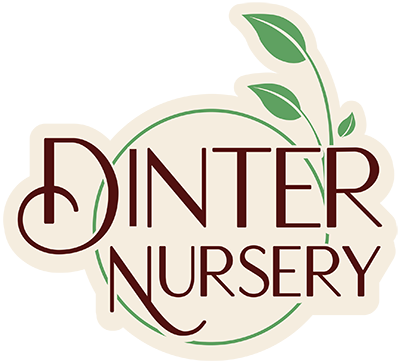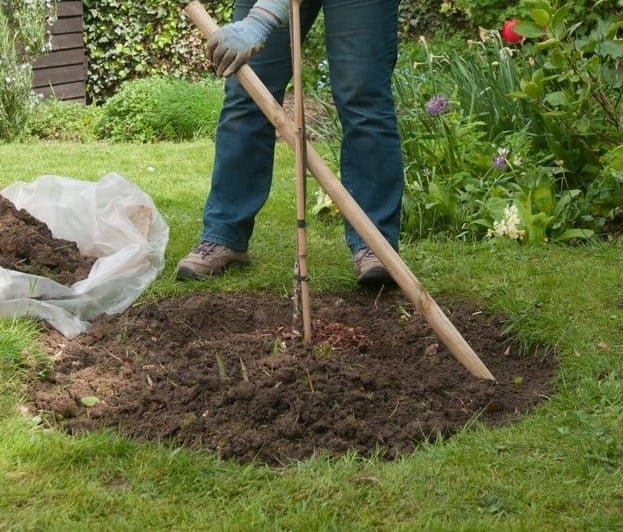Planting Guide: Trees and Shrubs
How to plant a shrub or tree from start to finish.
Right plant, right place
Before heading to the garden center it is important to understand the environment the plants will be growing in. This includes:
Light levels
Soil
Water
Deer
Selecting plants well-suited to the right growing conditions will ensure your plants grow healthy, require minimal inputs, are more resistant to pest and disease pressures, and will look their best. For more information on learning about your growing environment you can read our other article on garden design and construction.
Holding Plants vs. Planting Immediately
It is always ideal to plant your newly purchased plants as quickly as possible so they can begin establishing their root system. If the garden site is not ready, sometimes holding plants in their containers is necessary. Plants in containers will need to be watered regularly, especially in the summer. During extreme heat, placing plants in a shadier spot is advisable.
Digging Hole
Dig a hole 1-2 times wider than the root ball and a few inches deeper. Depending on the condition of your soil, it may require soil amendments. If the quality of the soil needs to be improved, amend native soil with 30% to 50% compost.
Planting
Before planting into the prepared site, water into the hole that has been dug. Also make sure that plants are watered before they are planted. Plant according to the container type listed below:
Peat or wood fibre pots: These pots are biodegradable and will break down in the soil. Plants do not need to be removed from their pots. Instead slice the sides of the pots to aid decomposition. Fibre or peat pots are used to reduce plastic use. They also can be used if plants do not have a strong enough root system to be removed from a pot without damaging new root tips, especially earlier in the growing year.
Plastic pots: This is the most common type of container plants at the garden center are grown in. To remove a plant from its pot, hold the container with one hand and the top of the root ball with the other. Turn the plant upside down and the plant should easily slide out of the container. If the plant does not come out of the container easily, the container may need to be compressed on the ground, then try again. For larger trees and shrubs, lay the potted plant on the ground and have one person pull on the pot and another person pull the plant by holding onto the trunk. Leave the root ball intact but tease out roots until the root ball is no longer the shape of the pot.
Bare-root: Plants that are bare root are removed from sawdust at the nursery and should be planted immediately. It is important to ensure their roots do not dry out. The prepared hole should comfortably fit the roots, and the graft union should be above grade.
After placing the plant in the hole, fill with soil to the top of the root flare. It may be necessary to move soil from around the trunk to ensure the root flare was not buried in it’s container. Do not plant too deeply. Planting too deeply and under/overwatering are the most common reasons plants do not survive. Be sure to firm the soil in place to remove excess air pockets and to prevent soil from settling too much.
Use left-over soil to create a rim around planting hole to hold puddle of water over root ball.
Staking
A newly planted tree will take a few years until its roots are strong enough to anchor it into the soil. Until then, a tree stake provides support, preventing wind rock and movement of the roots, and ensures the young tree establishes well.
There are many ways to stake trees. This is the current method recommended by the Royal Horticultural Society.
Position the tree stake at a 45 degree angle to the main stem. The top end of the stake should be facing into the prevailing wind. Hammer the bottom end of the stake into the soil beyond the surface of the soil to avoid damaging it. If planting a bare-root tree with a wide root system, it’s best to position the tree stake before you backfill with soil, so you can ensure it passes between roots.
Attach the tree to the stake approximately one third the height of the tree. Use a spacer to prevent the tree trunk rubbing against the stake, or create one by making a large knot in tree tie tape.
Watering
Every plant has unique watering requirements but all plants need supplemental water until established. For most plants this is one year. Water frequency and amount depends on the site and the plant.



